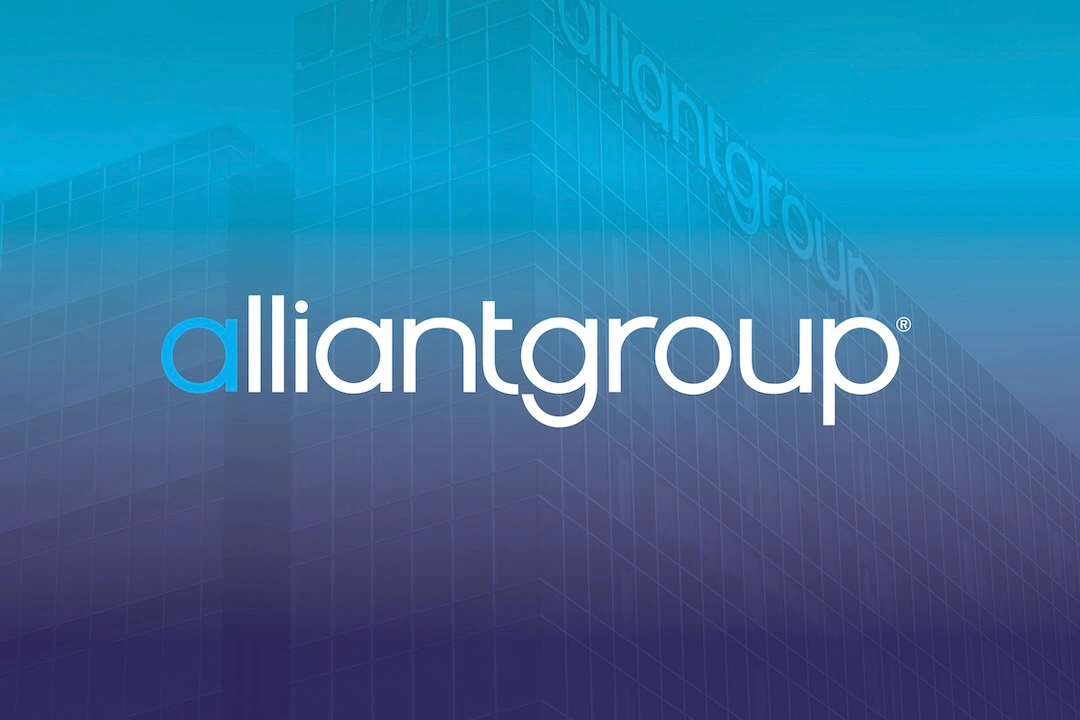Software development firms are easily one of the largest businesses that can benefit from the Research and Development (R&D) tax credit because of their significant investment in innovation and the development of new technologies. They are a strong candidate for this credit as many activities of these firms qualify, including prototyping, core building, testing, development, and integration with various platforms and operating systems.
Why should software development firms leverage the R&D Credit?
Because the parameters for claiming this incentive are broad, most businesses from the software industry can claim this credit for a gamut of activities; from developing custom solutions for customers on low-code platforms to digital transformation, to migrating clients to cloud software. This is the largest credit for U.S. businesses, bringing in approximately $10 billion annually. Software firms are at a greater advantage for this wage-based, dollar-for-dollar credit because of the industry’s higher employee wages. We at alliantgroup have helped the software industry claim over $800K in R&D credits.
Do all activities qualify?
No, not all activities qualify for this tax credit. For instance:
- Any development activity outside of the United States and its territories;
- Application configuration, routine maintenance and production, bug fixing and quality control; and
- UX and UI design for purely cosmetic design
Are software firms underclaiming?
Unfortunately, many software development firms underclaim this credit because they are receiving poor advice on how they qualify and how much they can claim, leading them to. There are five common myths that are preventing businesses in this industry from claiming this incentive.
Myths that are preventing software firms from claiming R&D
My company doesn’t do R&D. Many businesses think about scientists and test tubes, but they fail to understand that the R&D credit has been expanded over the years. Simply put, applied science counts toward eligibility, meaning the steps taken to improve existing technologies or to solve customer problems through scientific principles (hypothesize, test, analyze) will generally lead to eligibility for the credit.
We don’t qualify because my company does not license our clients’ software. This myth is prevalent because these firms assume if they don’t have the license for the products their clients use, they do not qualify. However, if a firm integrates and deploys a technology within a client’s existing IT structure, they could be eligible for this incentive.
I can’t claim the R&D Credit since I have already been paid for my work. If your company is paid based on its service, you qualify for the R&D Credit. Eligibility for the R&D credit hinges upon the activities or projects a company undertakes, not on whether or not the company is compensated.
The credit isn’t worth my return on investment; The numbers say otherwise. Section 41 is the biggest tax break a business can claim and can also be claimed alongside the Employee Retention Credit and the Work Opportunity Tax Credit. We recently helped an app development company claim about $375,5000 in federal and state credits for providing custom solutions for various applications.
The R&D credit is only for large companies. There is no provision barring small and mid-sized companies from claiming Section 41 and no single tax incentive comes close to the value this credit can provide to software developers.
Recent Legislative Updates
Businesses and credit providers are unaware of the several legislative changes to the R&D tax credit. The introduction of the CHIPS bill and the Inflation Reduction Act (IRA) has expanded the R&D tax credit, making it available to other industries and increasing its value of this credit.
For example, the IRA features a provision to increase the amount of this credit and can qualify through payroll credit. The amendment of the existing R&D tax credit now allows startups to claim an additional $250,000, potentially doubling the amount per year for qualified small businesses to offset their payroll tax liabilities.
While the CHIPS bill and Inflation Reduction Act has caused ripples in the science and technology landscape through federal grants, tax credits, and other incentives, the Research and Development Credit remains the most powerful tax relief for software development firms to leverage through reinvestment and to hire better tech talent. Software firms should claim this credit as their R&D activities most likely qualify for it even without the benefits of the CHIPS bill and IRA.
Claiming the Credit
Keeping track of the ever-changing R&D Tax credit is challenging for firms looking to claim this lucrative credit. Difficulties in understanding and interpreting how an organization qualifies or which activities make you eligible can prevent firms from claiming this credit. To ensure your business leverages the R&D credit to its fullest potential, you need experts who not only understand the changes to this incentive but also have a deep understanding of your industry and ways your business can qualify.
For over 20 years, alliantgroup has been helping clients maximize their R&D claim, thanks to key insights from software industry experts, former IRS Commissioners, and former policymakers. We can help you and your business too. To learn more about your eligibility and how your business may qualify, schedule a brief call with one of our R&D experts today.


